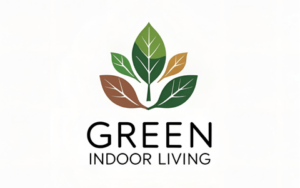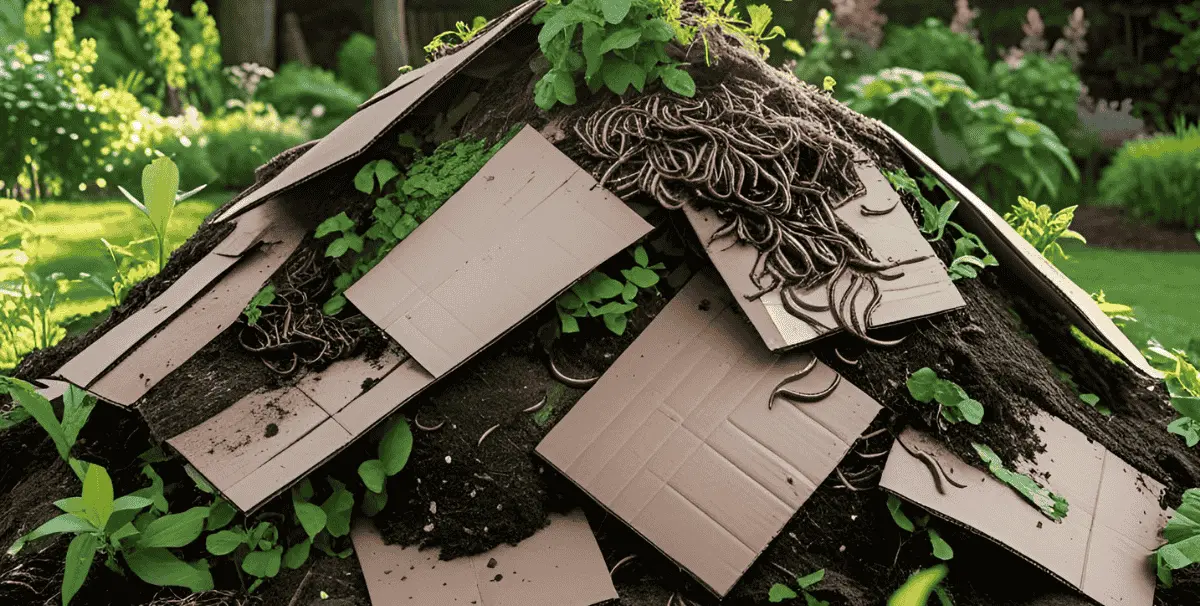Composting is a simple way to help the environment and cut down on trash. Every day, we toss out plenty of cardboard, which ends up in landfills. That cardboard can take years to break down and adds to pollution. But if you learn how to compost cardboard, you turn what seems useless into healthy soil for your garden. This guide i will show you step-by-step how to compost cardboard effectively at home so you can do your part.
Why Compost Cardboard?
Environmental Benefits of Composting Cardboard
When we compost cardboard, we cut down the amount of trash sent to landfills. Less trash means fewer methane gases, which contribute to climate change. Plus, composting returns important nutrients to the soil, making plants grow better. It also reduces the need for chemical fertilizers that can harm the environment.
Cardboard as a Valuable Compost Material
Cardboard is rich in carbon, which is crucial for composting. Think of it as the brown layer in your compost bin. It’s cheap, easy to find, and a great way to balance out all the green waste like food scraps or grass clippings. Mixing cardboard into your compost helps create healthy, rich soil.
Expert Insights
Environmental scientists agree that composting waste like cardboard is a smart way to manage trash. It saves resources, reduces pollution, and helps feed the planet. One researcher says, “Turning cardboard into compost is an eco-friendly way to recycle and improve soil health.”
Preparing Cardboard for Composting
Selecting the Right Cardboard Types
Not all cardboard is good for composting. Use plain boxes, like shipping cartons or food boxes without shiny or wax coatings. Stay away from cardboard with glossy finishes or heavy dyes, as they can contain chemicals harmful to the soil.
Breaking Down Cardboard
Tearing or shredding cardboard helps it rot faster. Smaller pieces break down quicker, saving you time. Use a sharp utility knife or scissors to cut large sheets into manageable strips or strips. Shredding with an old shredder can be even easier.
Removing Non-Compostable Elements
Before composting, strip off tape, labels, and staples. Remove any plastic coatings or stickers that won’t break down. Rinsing cardboard briefly can also help avoid contamination. Clean pieces decompose more smoothly.
Setting Up a Cardboard Compost Bin
Choosing the Appropriate Location
Pick a spot in your yard that gets some sunlight but stays moist. It should be easy to access and have good drainage. Too much sun can dry out the compost, while too little might slow down the process.
Types of Compost Bins
You can use different types of bins for composting cardboard:
- Tumbler bins: Easy to turn for aeration.
- Stationary bins: Good for holding large amounts.
- Compost piles: Versatile and inexpensive.
Each has its pros and cons. Tumblers are fast but cost more; piles are simple but may take longer.
Layering and Balancing Materials
Start by placing some green materials like kitchen scraps or grass clippings. Add shredded cardboard on top, then repeat layers. Aim for a good mix of green and brown waste. A proper balance keeps the compost healthy and fast.
Composting Process and Maintenance
Proper Moisture and Aeration
Keep your compost moist, like a damp sponge. If it’s too dry, microbes won’t work well. Turn the pile every week to provide oxygen. This mixing prevents odors and speeds up decay.
Monitoring Temperature and Decomposition
A hot compost pile heats up to between 130-160°F. Sharp temperature rises show active microbes doing their job. When the temperature drops, your compost is ready to use.
Troubleshooting Common Issues
If your compost smells bad or pests show up, you probably have too much green or wet material. Mix in more dry, brown items like shredded cardboard. If it’s slow to break down, add more small cardboard pieces and turn often.
Using Finished Compost and Tips for Success
How to Identify Ready Compost
Finished compost looks dark and crumbly. It smells earthy, not rotten. You shouldn’t see any large pieces of cardboard or food scraps. It’s perfect for your garden.
Incorporating Compost into Your Garden
Spread compost around your plants as a mulch or mix it into your soil. It helps retain moisture, improve soil texture, and boost plant growth. Use it in flower beds, vegetable gardens, or around trees.
Tips for Continuous Composting
Keep adding new waste regularly. Turn your compost weekly to keep good air flow. Avoid compacting it too tightly, so microbes can work freely. This routine makes composting quicker and more effective.
Final Trought
Composting cardboard is simple once you know how. Start by choosing the right boxes, breaking them into small pieces, and layering them with green waste. Keep it moist, turn it often, and wait patiently as nature does its work. When finished, your compost enriches your garden soil and reduces waste. Every piece of cardboard you compost helps the environment. Why not give it a try today? Make a small pile or use a bin—your garden and the planet will thank you.


